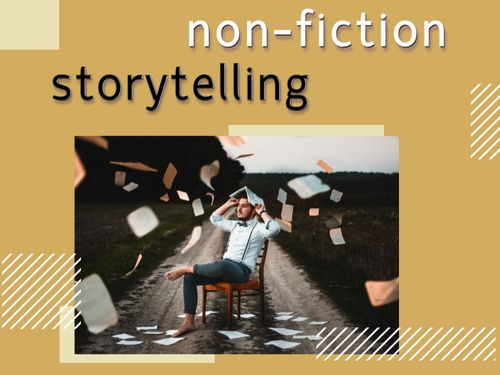How to write a first-class feature article
Sep 28, 2021 · 4 mins read
0
Share
Gathering the elements
Feature writing is designed to sustain engagement from start to finish. Where newswriting and research papers follow a strict template, the goal here is to both inform and entertain.
Save
Share
Let’s say you want to do a feature about a little-known medical condition or a new cultural trend. This seed of an idea needs some research to grow from. Even if your topic has been covered before, there will always be something new to say. You just need to find it.
Save
Share
Yet without characters to animate that central idea, all you’ve got is an abstract concept. Stories are told through people: real lives that can humanize an idea. Finding the right people to interview requires a mix of more research, networking, and a bit of luck.
Save
Share
Try to conduct your interviews in person (or by video). You need to gather enough information and detail so that the reader can not only picture them but relate to them.
Save
Share
To keep your characters from seeming one-dimensional, you need to combine basic biographical info (age, job, where they’re from) with insights into the challenges they’ve faced or the vulnerabilities they’ve struggled with. The more stories they share, the better.
Save
Share
Here’s a checklist of the little details that will help each interviewee stand out as a distinct character: What do they look like? What are they wearing? What do they sound like? What’s it like to spend time with them? Why are we hearing from them? Why should we care?
Save
Share
Transcribe the interview yourself. This can be so laborious that it’s tempting to use a transcription app (or to just get someone else to do it) but it’s important to take note of any revealing nuances that won’t be apparent in pure text.
Save
Share
Once you’ve transcribed your interviews, it’s time to comb through the material. Use different colors to divide the highlights into three categories: must use, might use, and relevant information that you’ll incorporate in your own words (outside of quotes).
Save
Share
Think of the interviews as micro-stories that will fit together to tell one macro story. You’re using multiple perspectives to illuminate the overarching idea in different ways.
Save
Share
But most important is the narrative structure. This is what will unite everything as a cohesive whole. Next, let’s take a look at how to do exactly that...
Save
Share
0
